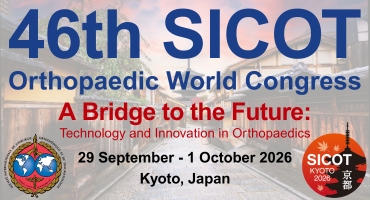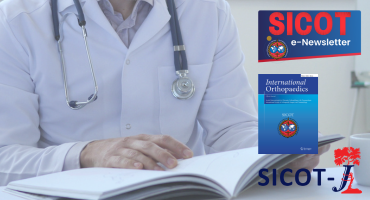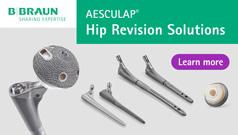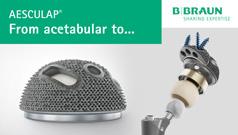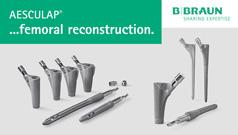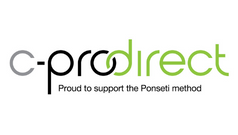Fixation of unstable sacral fractures by transpedicular system: a prospective study
Int Orthop. 2025 Nov 14. doi: 10.1007/s00264-025-06673-3. Online ahead of print.
ABSTRACT
PURPOSE: This study aimed to assess the functional and radiological outcome of transpedicular fixation system for managing unstable sacral fractures in adults.
METHODS: This prospective case series study included 21 patients with unstable type C sacral fractures according to AO Spine classification of sacral fractures. The patients were treated by a transpedicular fixation system connecting the lower lumbar spine to the ilium, as a vertical element, which was bilateral in seven cases and unilateral in 14 cases. A transverse element connecting both sides of the posterior pelvic ring was added to augment fixation in the transverse plane. The minimum period of follow-up was 12 months.
RESULTS: Mean Majeed Score was 84,29 ± 9.97; excellent, good and fair classes were present in 14 (66.7%), five (23.8%) and two (9.5%) patients, respectively. There was a significant reduction of the vertical, anterior posterior and rotational displacement postoperatively in comparison to preoperative measures. There was a significant improvement in neurological deficit postoperatively. Eight (38.1%) patients developed complications postoperatively. Wound Infection was the most common complication.
CONCLUSION: The use of transpedicular fixation as a vertical element combined with a transverse element connecting both sides of the posterior pelvic ring, to treat unstable sacral fractures, offers adequate fixation strength that helps to achieve union in a well reduced position, leads to satisfactory functional outcome and improves neurological deficit.
TRIAL REGISTRATION: (ID/NCT06888583) retrospectively registered.
PMID:41233652 | DOI:10.1007/s00264-025-06673-3






